Adobo Spices Around the World: From Filipino Staple to Global Sensation
If you’ve ever tasted Filipino adobo or experimented with Latin American seasonings, you’ve likely encountered adobo spices in some form. But what exactly makes adobo so special? Why is this spice blend gaining popularity across kitchens worldwide?
In this blog post, we’ll explore the origins of adobo spices, compare regional variations, offer practical cooking tips, and guide you through selecting the best adobo products for your pantry. Whether you’re a seasoned chef or an adventurous home cook, there’s something here for everyone.
Table of Contents
- The Origins of Adobo Spices
- Global Variations of Adobo Spices
- Why Adobo Is Going Global
- 5 Practical Cooking Tips Using Adobo Spices
- Buying Guide: How to Choose the Best Adobo Spice Blend
- Frequently Asked Questions About Adobo Spices
- Conclusion: Adobo Spices – A Flavor Worth Exploring
The Origins of Adobo Spices
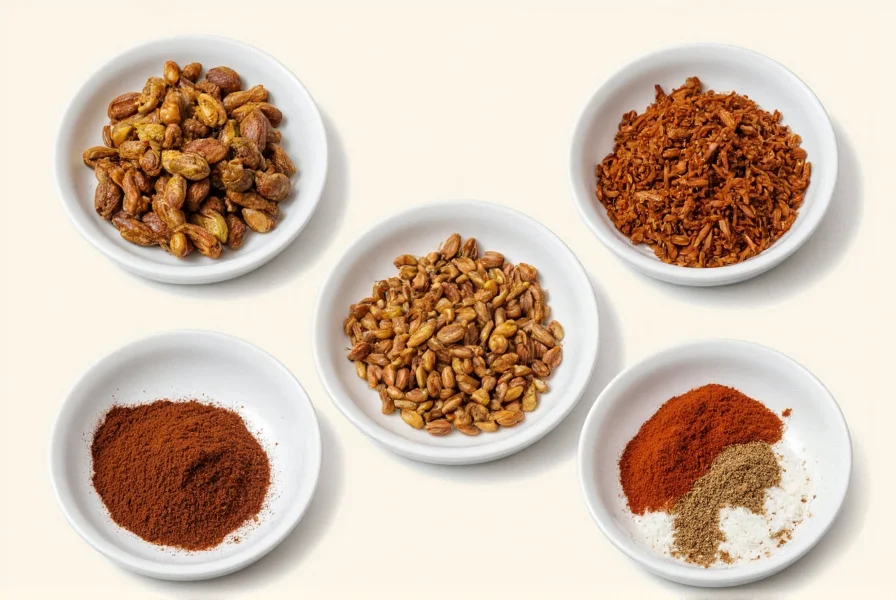
The term adobo originates from the Spanish word adobar, which means “to marinate” or “to season.” While the name comes from Spain, the flavor profile has evolved uniquely in different parts of the world — particularly in the Philippines, Mexico, and Puerto Rico.
In the Philippines, adobo refers both to the cooking method (meat braised in vinegar, soy sauce, garlic, and spices) and the spice mix used in that dish. The adobo spice blend typically includes garlic powder, black pepper, dried oregano, and sometimes turmeric or annatto for color.
This unique combination was influenced by indigenous Filipino cooking techniques as well as Spanish colonization, resulting in a flavor that’s savory, slightly tangy, and deeply aromatic.
Global Variations of Adobo Spices
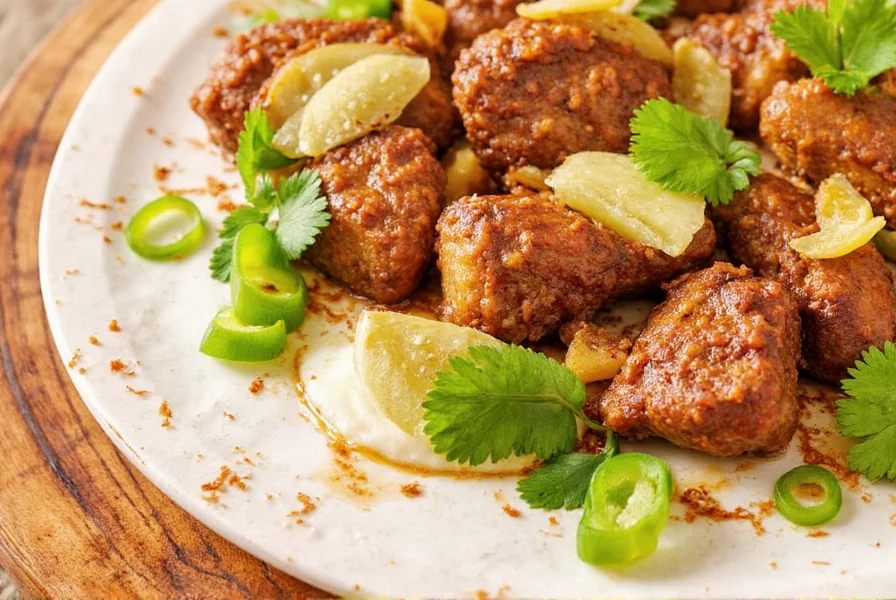
| Region | Main Ingredients | Flavor Profile | Common Use |
|---|---|---|---|
| Filipino Adobo | Garlic, black pepper, oregano, salt | Savory, earthy, slightly peppery | Marinating meats like chicken or pork |
| Mexican Adobo | Vinegar, chili peppers, cumin, cloves | Spicy, smoky, slightly sweet | Rubbing on meats or making sauces |
| Puerto Rican Adobo | Coriander, oregano, garlic, onion | Herbaceous, citrus-forward | Seasoning seafood, poultry |
| Spanish Adobo | Paprika, vinegar, herbs | Smoky, tangy | Marinating fish or meats |
As you can see from the table above, while all these blends share the name “adobo,” they vary widely in their ingredients and uses. Understanding these differences will help you choose the right type depending on your recipe goals.
Why Adobo Is Going Global
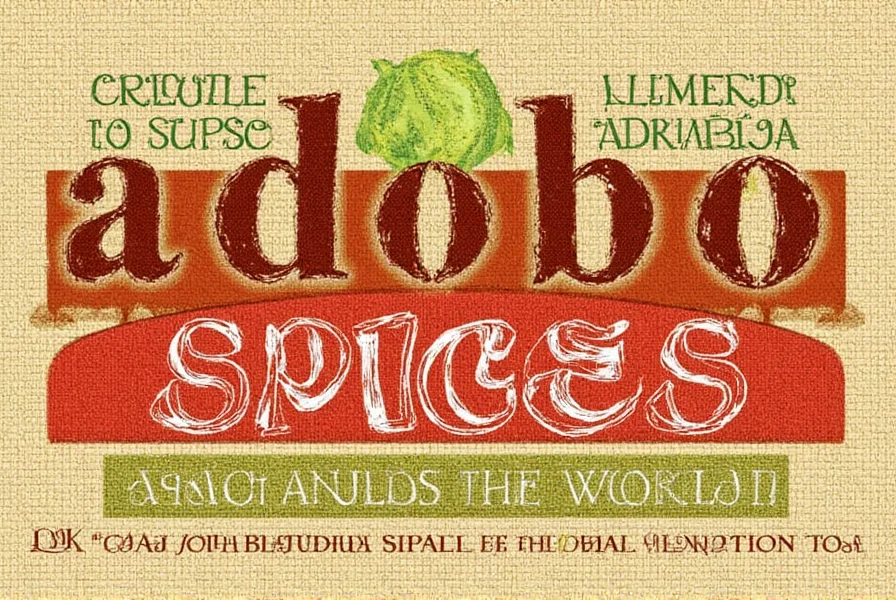
Thanks to globalization, food bloggers, and social media influencers, adobo spices are becoming more mainstream. Here’s why:
- Convenience: Pre-mixed adobo spice blends save time without sacrificing flavor.
- Versatility: It pairs well with chicken, beef, tofu, and even vegetables.
- Umami-rich flavor: The perfect balance of salty, spicy, and aromatic notes makes it craveable.
- Cultural appeal: Consumers are increasingly interested in authentic global flavors.
Whether you're looking to add depth to a weeknight stir-fry or recreate a family recipe, adobo spices deliver consistent, bold taste with minimal effort.
5 Practical Cooking Tips Using Adobo Spices
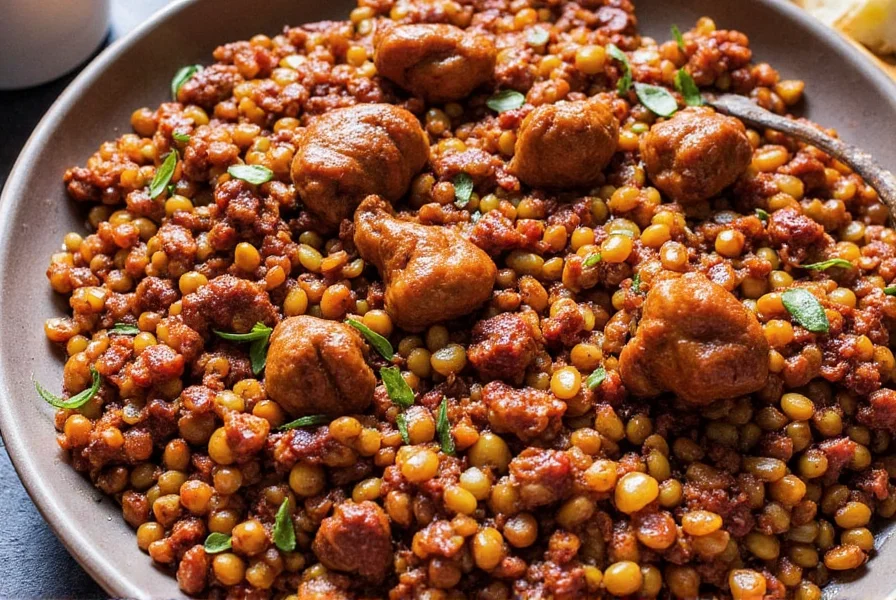
- Use it as a dry rub: Sprinkle generously over chicken breasts or pork chops before grilling or roasting for a deep, rich crust.
- Make a marinade: Mix with olive oil, lime juice, or vinegar for a quick marinade that infuses meat overnight.
- Enhance soups and stews: Stir a teaspoon into beans, rice dishes, or broths for added depth of flavor.
- Try it on veggies: Toss roasted potatoes, cauliflower, or mushrooms with adobo for a punchy vegetarian dish.
- Create signature sauces: Combine with tomato paste, broth, and a touch of honey for a versatile dipping sauce or glaze.
Buying Guide: How to Choose the Best Adobo Spice Blend
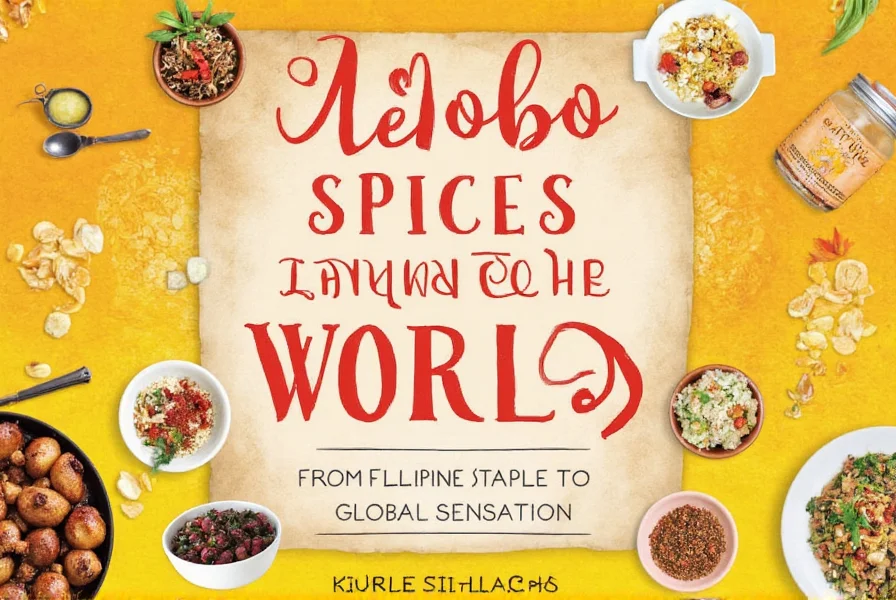
With so many options available, choosing the right adobo spice can be overwhelming. Below is a curated list of top picks based on quality, flavor complexity, and user reviews:
Top 5 Adobo Spice Brands
| Brand | Ingredients | Features | Target Audience | Best For |
|---|---|---|---|---|
| Maggi Adobo Seasoning | Garlic, black pepper, oregano, salt | Classic Filipino blend, easy to find | Home cooks | Everyday meals |
| Goya Adobo All-Purpose Seasoning | Coriander, garlic, oregano, salt | Puerto Rican-style blend | Latin cuisine lovers | Seafood, poultry |
| Badia Adobo Seasoning | Onion, garlic, oregano, coriander | Natural and MSG-free | Health-conscious | Family-friendly meals |
| La Costeña Mexican Adobo | Chili peppers, vinegar, paprika | Ready-to-use paste | Busy chefs | Quick marinades |
| Local Harvest Organic Adobo | Organic garlic, black pepper, oregano | Organic certified | Eco-conscious consumers | Healthy cooking |
What to Look For When Buying Adobo Spices
- Packaging: Choose resealable containers or glass jars for freshness.
- Label reading: Avoid unnecessary additives or artificial preservatives unless desired.
- Regional authenticity: Know which style you want — Filipino, Mexican, or Puerto Rican.
- Price vs. Quality: Compare price per ounce; bulk options often offer better value.
- Allergen information: Especially important if using for gifting or events.
Frequently Asked Questions About Adobo Spices
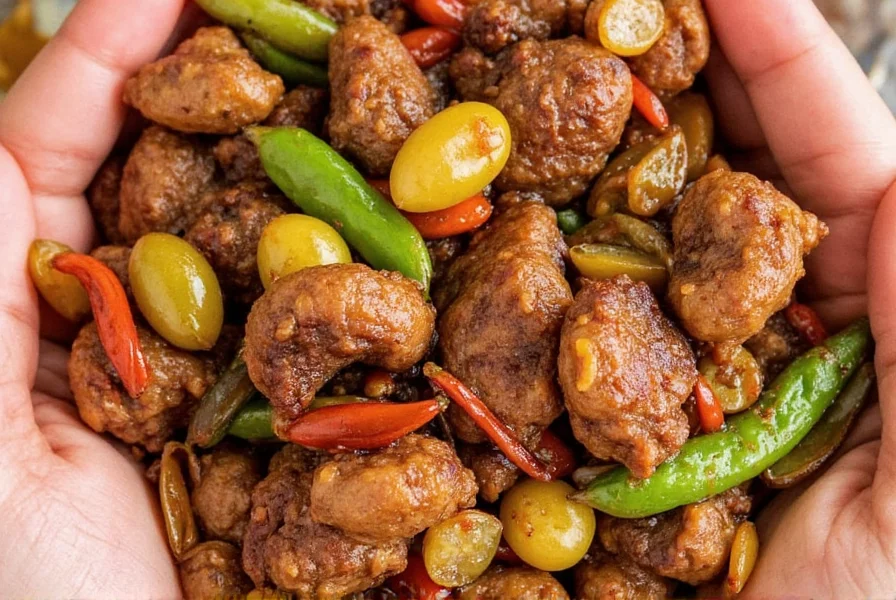
Is adobo the same as taco seasoning?
No. While both are spice blends, adobo contains more garlic and oregano compared to taco seasoning, which usually has cumin and chili powder.
Can I make my own adobo spice blend at home?
Absolutely! A basic homemade adobo spice mix consists of:
- 4 tbsp garlic powder
- 2 tbsp ground black pepper
- 1 tbsp dried oregano
- 1 tbsp salt
How spicy is adobo seasoning?
It depends on the region. Filipino adobo isn’t spicy, but Mexican adobo often includes chili peppers and can be hot.
Is adobo seasoning vegan?
Most blends are vegan, but always check labels for hidden animal-derived ingredients.
Conclusion: Adobo Spices – A Flavor Worth Exploring
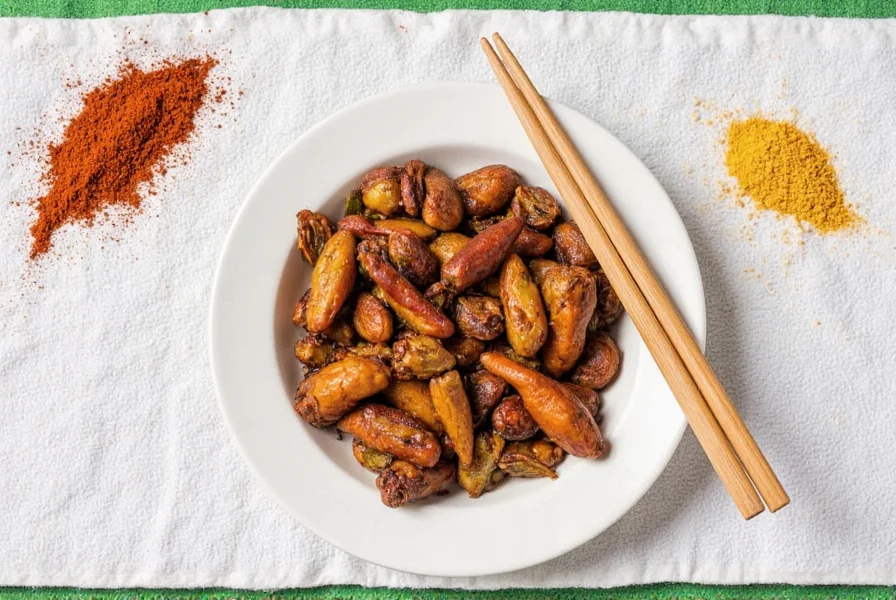
From the bustling markets of Manila to the street vendors of Mexico City, adobo spices have carved a place in global kitchens. Whether you’re drawn to its cultural richness or its flavor-packed convenience, there’s no denying that adobo is more than just a passing trend — it’s a timeless seasoning with wide-reaching appeal.
By now, you should feel confident choosing, using, and experimenting with adobo spices in your everyday cooking. So go ahead — grab a jar, fire up your stove, and let the aroma take you on a flavorful journey around the world!

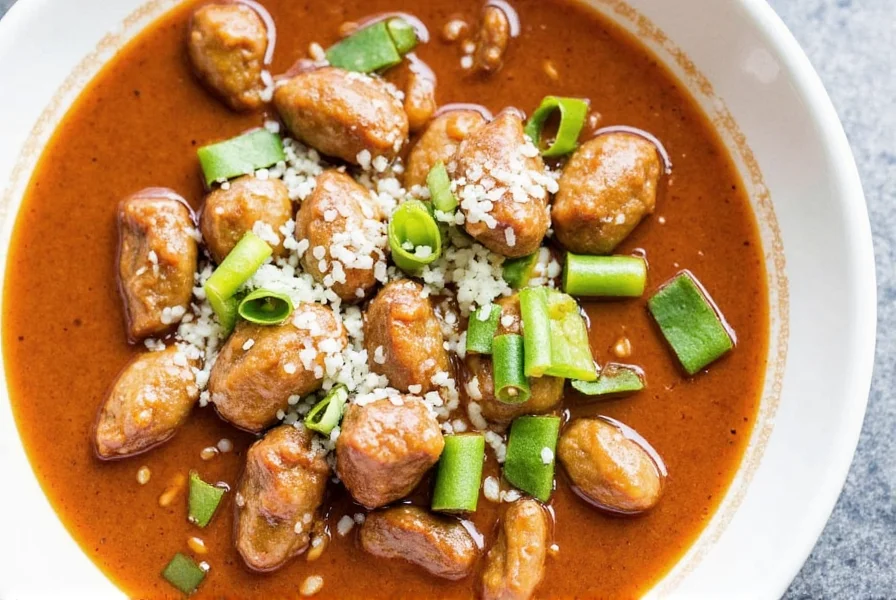









 浙公网安备
33010002000092号
浙公网安备
33010002000092号 浙B2-20120091-4
浙B2-20120091-4